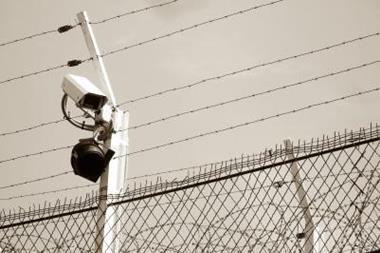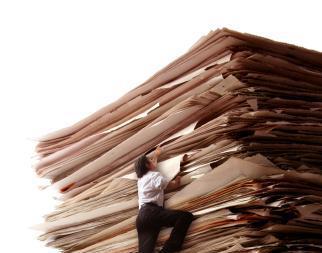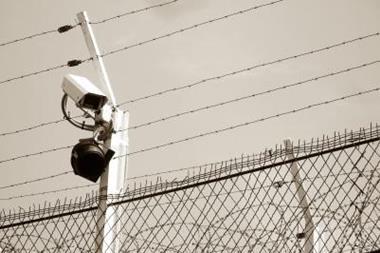CCTV is crucial to monitoring and preventing a host of attacks, but it must stay intelligently out of sight if it is to remain a strategic tool, says Charlie Sherlock, CEO at Cinario
CCTV was once considered a panacea for finally catching unidentified criminals that seemed to get away with just about everything. Years on, under a blanket of camera surveillance, responsibility lies with companies to maintain public confidence and trust in its use. We often hear people say that we live in a surveillance society, but now more than ever before, companies need to work hard at ensuring that their CCTV is not just sitting pretty.
A new code of practice for CCTV was introduced in February 2008, as a revision to the 2000 guidelines. CCTV advancements have lead to a tighter legal framework for operators, who are now being advised to curtail bad practices. Current regulation falls within Data Protection Act boundaries, laying out a series of guidelines that companies must comply with when gathering or storing images. CCTV operators and practitioners are aware that this is only the beginning of compliance, as the code also covers capturing footage of people, taking action related to the images and using images that might affect people’s privacy. But operators that regularly capture images of people on CCTV cameras have still struggled with how to be compliant and organisations are beginning to realise they haven’t been getting the best from their surveillance systems.
So how can companies make better use of CCTV and act responsibly? CCTV has certainly become a part of daily operations, with growing physical security threats to a large number of retailers and financial firms never far from mind. But companies do need to ask themselves what they will be using it for and whether the chosen technology delivers the desired results.
“One of the biggest challenges for companies is staying in control of systems, even after compliance has been met.
One of the biggest challenges for companies is staying in control of systems, even after compliance has been met. This is often because CCTV systems require someone to take legal responsibility for ensuring that guidelines related to equipment and general practice are upheld. To combat potential non-compliance, companies must start thinking about how their CCTV integrates with other security equipment. The most effective view of risk is a centralised one, and if companies have an intelligent software layer in their systems, this can be used to track and monitor surveillance, as well as ensuring that compliance standards are enforced automatically. This reduces the need for manual action, while internal procedures are handled with greater speed and accuracy.
As surveillance methods like IP CCTV continue to develop, companies shouldn’t get caught up in the hype of issues surrounding shared bandwidth. Instead they must focus on the real issues - ensuring that compliance is met across the board. As recent reports suggest, a large percentage of CCTV images are not of a high enough quality to be admissible as evidence in court. Therefore, companies must check that video pictures and prints meet the required standards and that all stored data and transmission systems are tamper proof. This intelligence is vital for the future, especially if CCTV systems are to operate efficiently in the background.



















No comments yet